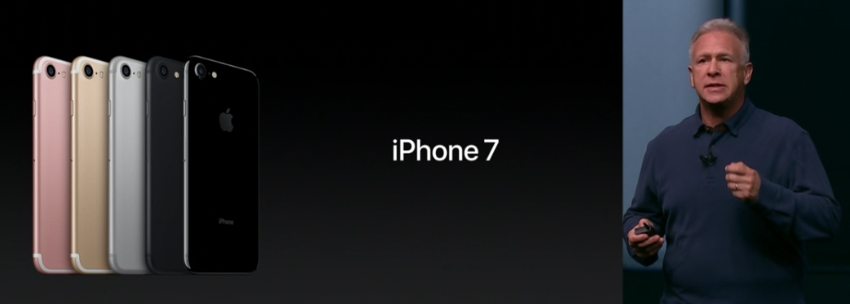
Normally, Apple Inc.’s product and service launches are surrounded by other product and service launches, resulting in events defined solely by big-ticket announcements – indeed, we received something like that today.
But nestled inside one of those announcements was another set of highlights, with Apple CEO Tim Cook ceding nearly much of the two-hour presentation to the company’s senior vice president of worldwide marketing, Phil Schiller (above), who led the audience through 10 key features of the new iPhone 7. Read on.

1. Design
Admittedly, some of the features highlighted by Schiller were defined more by marketing spin than broken ground – but the process used to ensure a smooth finish, which includes running the phones through specially mixed sand and sculpting the Apple logo directly onto the phone’s aluminum casing, was certainly interesting to watch.
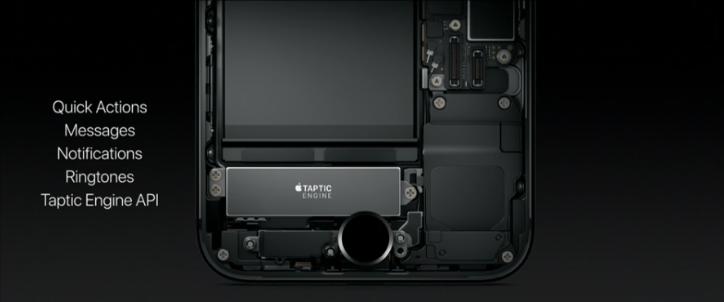
2. New home button
Schiller called the existing home button, with its variety of uses, “quintessential Apple design” – simple, intuitive, yet adaptable. And now it’s been further refined with a “taptic engine” designed to respond differently based on the force of a user’s touch.
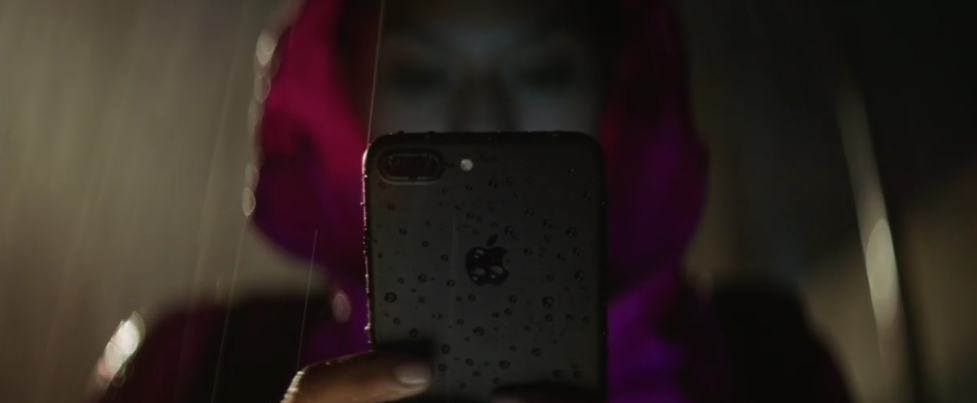
3. Water and dust resistance
It may not be getting hooked up to machines designed to simulate hundreds of miles of swimming like the Apple Watch Series 2, but Schiller at least touted the newest iPhone as being water and dust resistant.
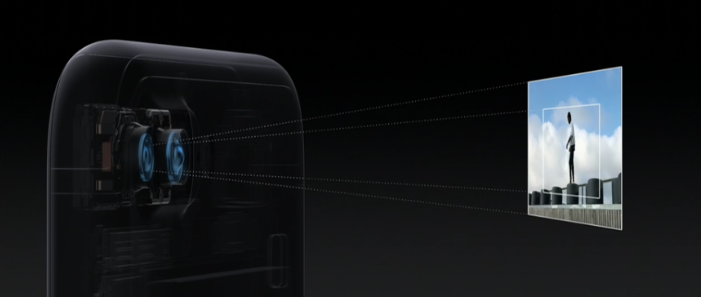
4. Dual-lens camera
This one’s a bit of a cheat, since the dual-lens camera – which allows photographers to simulate zooming onto a subject by switching lenses, or mimic a DSLR’s ability to shoot an image in focus while the background is blurred – is only available on the iPhone 7 Plus. But the device’s new camera is plenty impressive all the same – check out the next image for an example.

5. Retina HD display
The iPhone 7’s main camera boasts a 28 mm lens (with an additional 56 mm lens on the Plus), a four-LED flash that changes brightness based on surrounding lighting, and the ability to shoot multiple photos at once and combine them into one image – all within 25 milliseconds – before displaying the result in a wider range of colour than the iPhone 6 or 6S, at 1334 × 750 resolution.
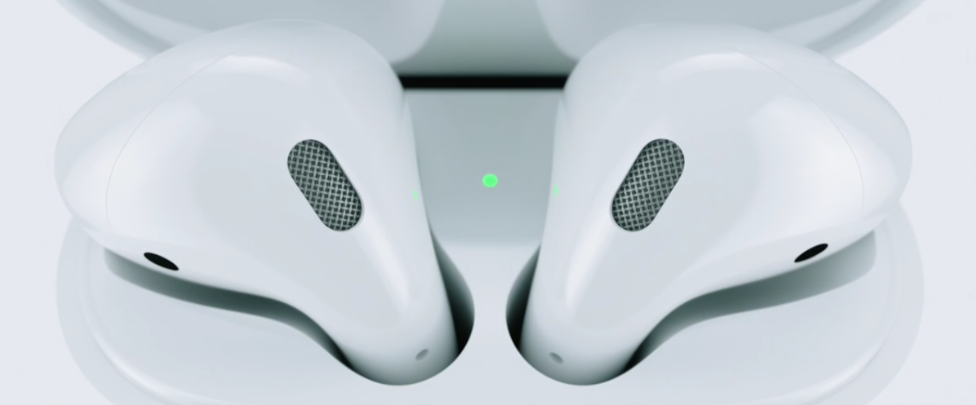
6. Stereo speakers
No, they don’t look like this (you’ll see where these go in a moment), but the iPhone 7 is the first to feature stereo speakers – one at the top, one at the bottom – ideal for watching videos while holding the phone in the “landscape” position.
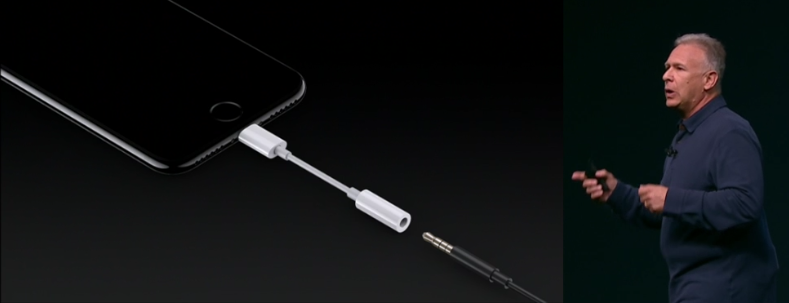
7. Lightning-based earbud jack (and headphone converter)
Easily the iPhone 7’s most controversial design feature was Apple’s decision to replace the headphone jack with a lightning-based one (though new devices will include a converter). After all, Schiller said, the original jack was designed for telephone switchboards in the 19th century, and retaining space for an analogue device among digital technology is difficult. Whether Apple’s decision could affect iPhone sales, as some have speculated, remains to be seen.
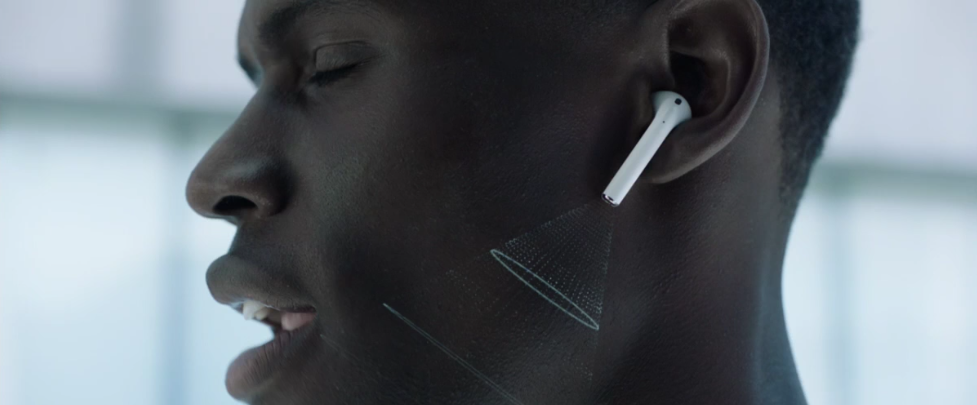
8. Wireless earbud support
Replicating the end-result, if not the hardware, of Bluetooth technology, Apple’s new AirPods (recognize them from slide seven?) use the company’s in-house W1 chip to deliver music wirelessly to users’ ears. They are scheduled to be released at the end of October, with a suggested Canadian retail price of $219.

9. Apple Pay
We’ve covered iOS 10’s expanded support for Apple Pay, which Schiller said now powers 90 per cent of contactless payments in the U.S.
Of course, in our experience support for contactless payments in the U.S. is quite low, so we’re not sure that fact is something to brag about.

10. Performance
Simply put, the iPhone 7’s A10 Fusion chip, a 64-bit processor that Apple claims is twice as fast as the iPhone 6, is capable of rendering games like ThisGameStudio’s Oz – Broken Kingdom, an action RPG with graphics that, at the very least, rival the type of 90-hour PS2 adventures we no longer have time for.